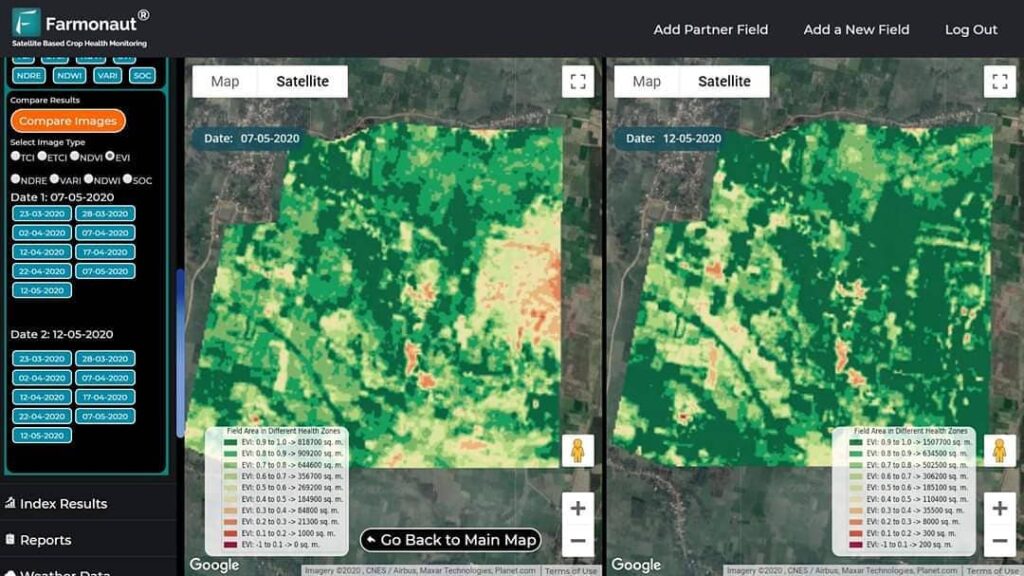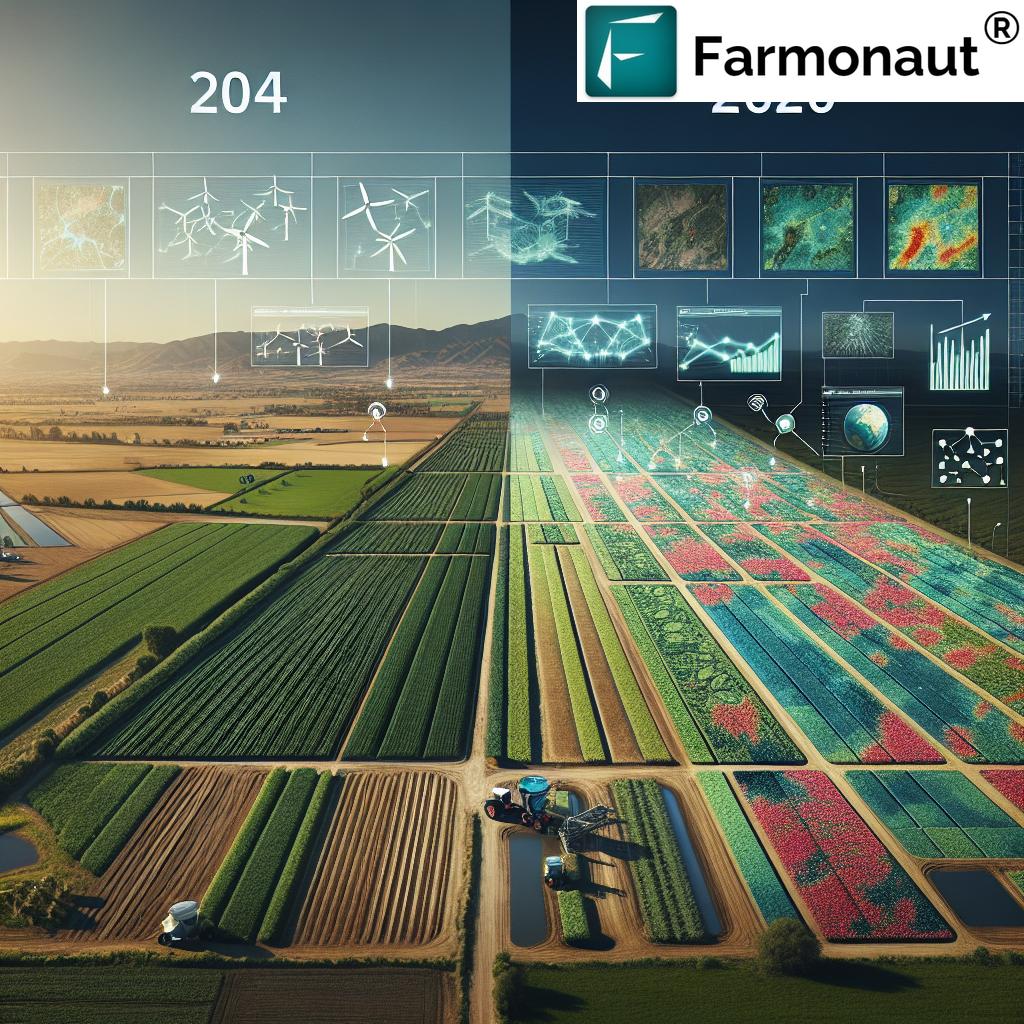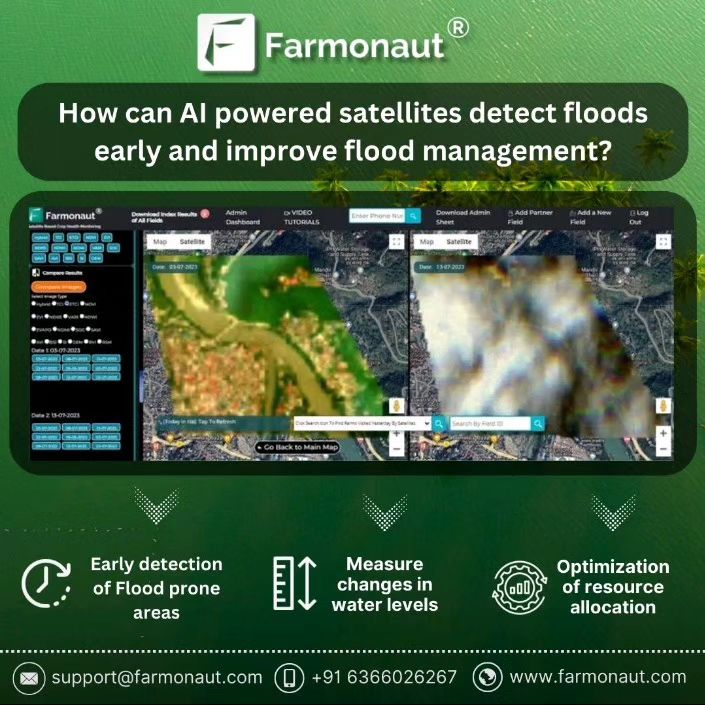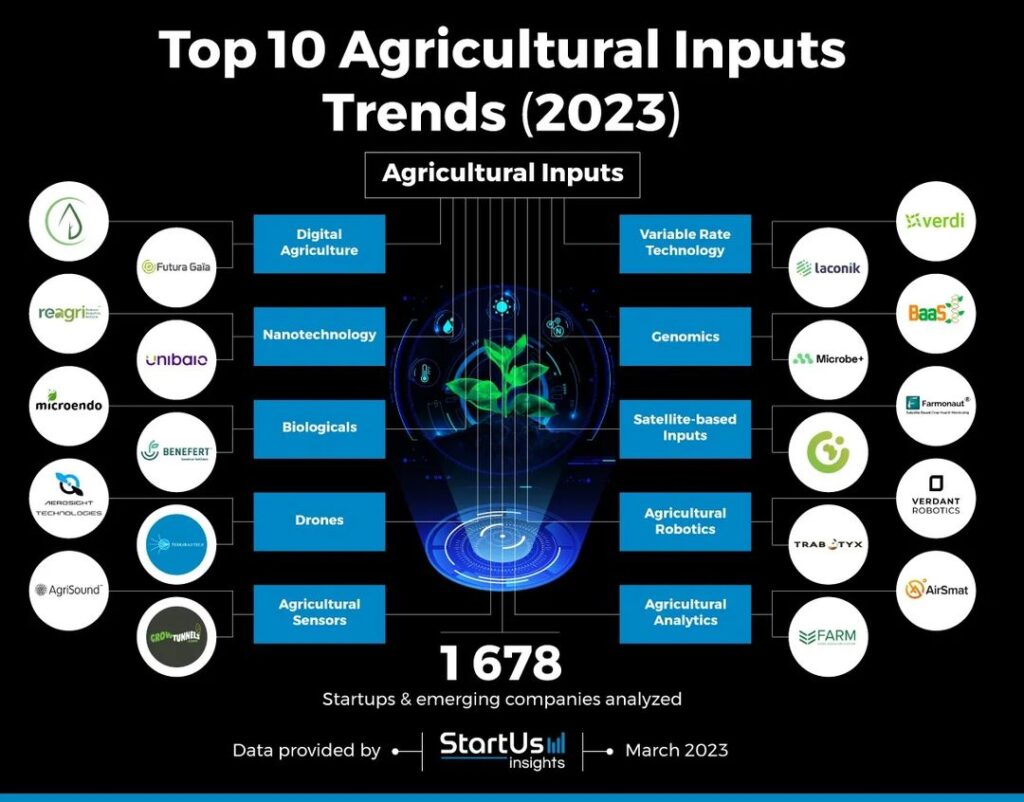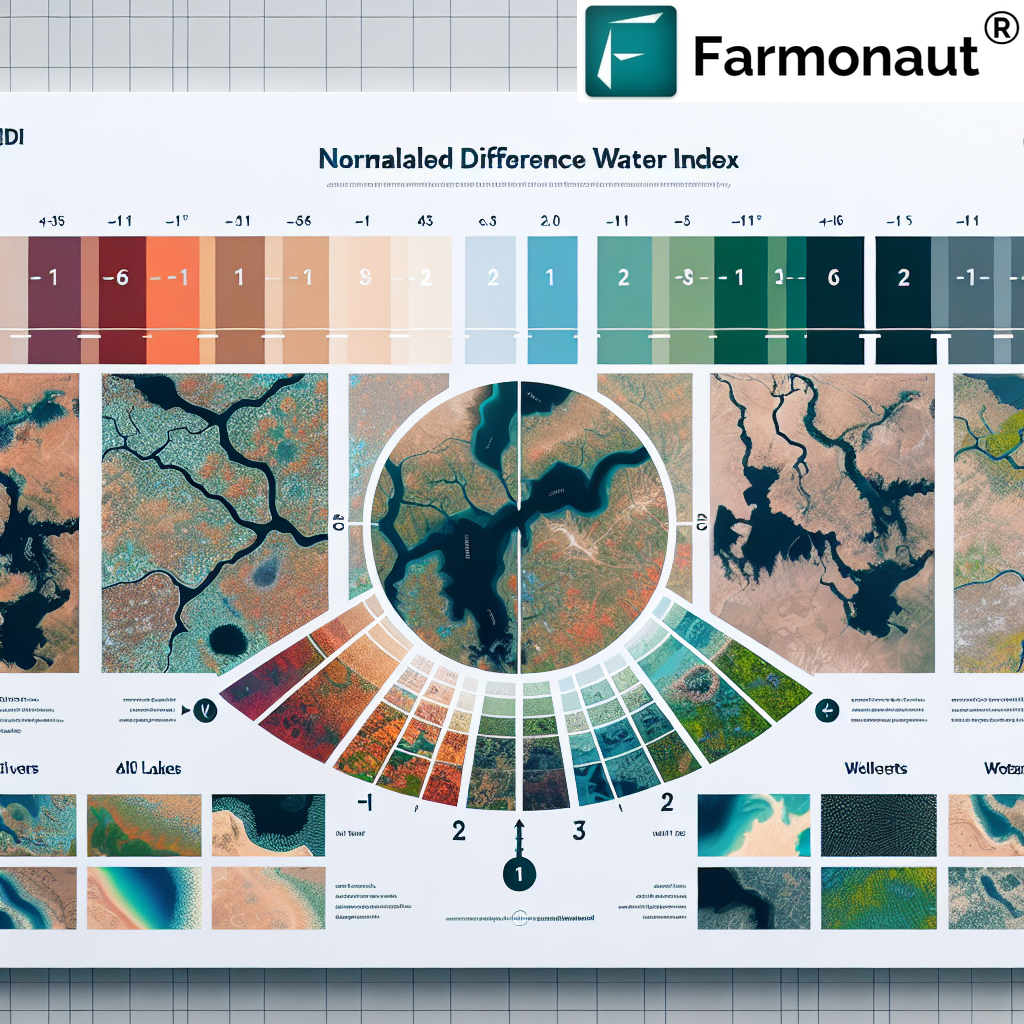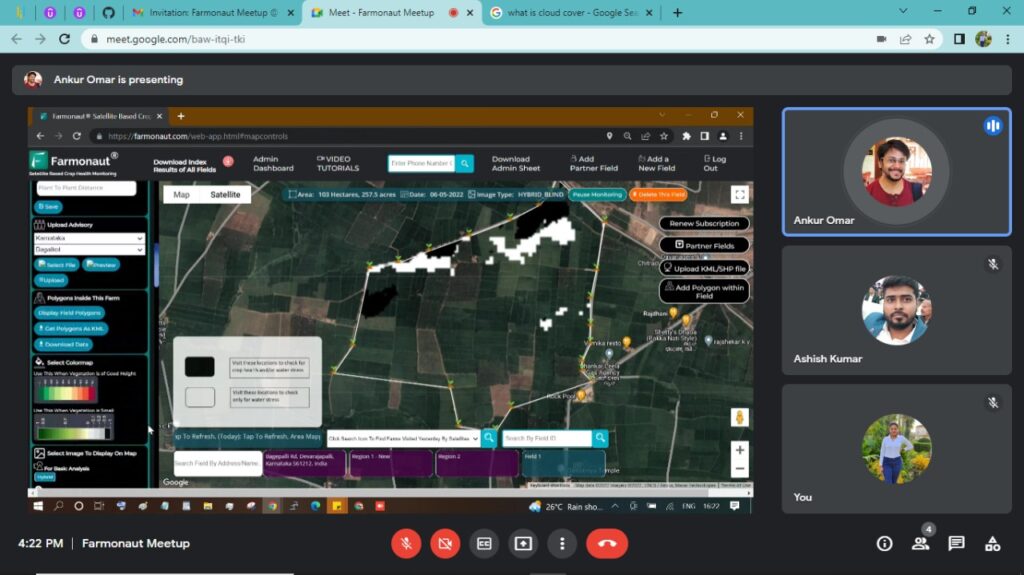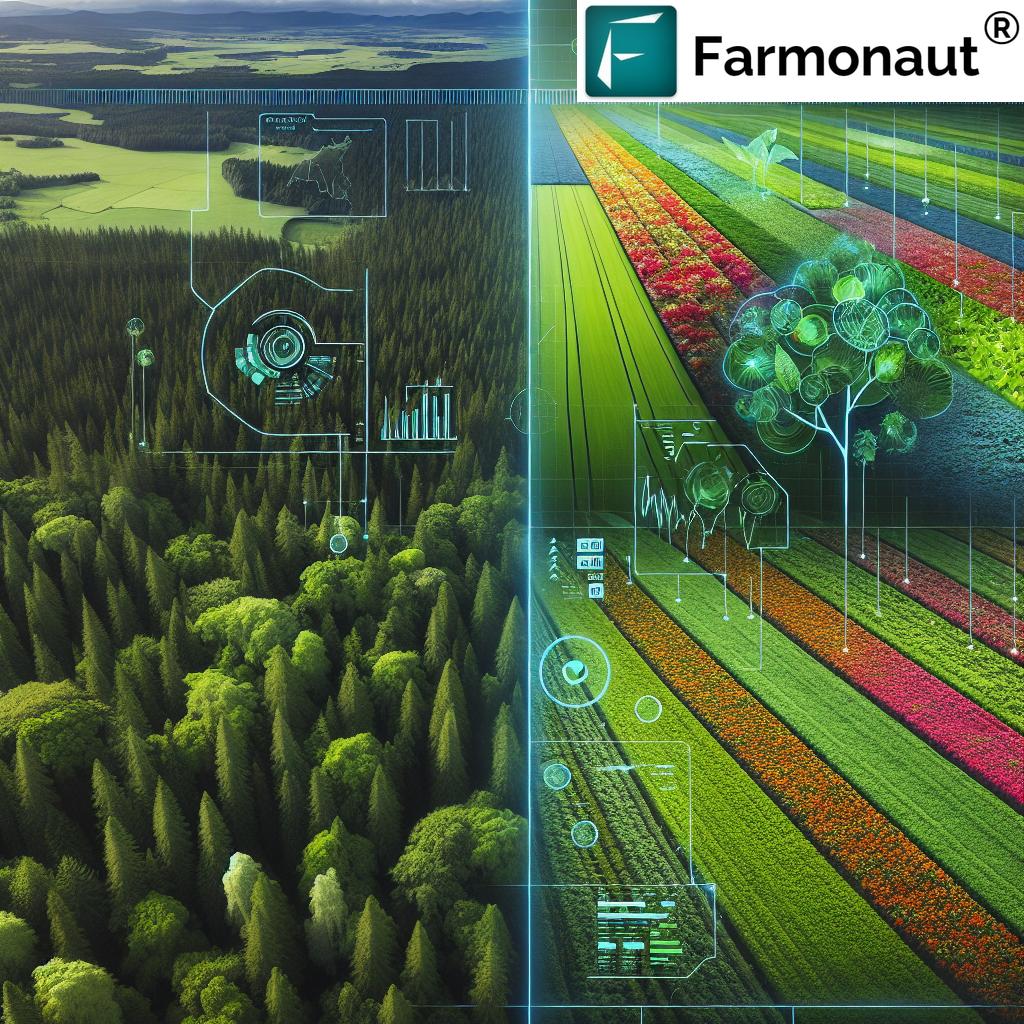Space Radar Market Soars: Global Synthetic Aperture Radar Technology Advancements Drive Growth
“The global space radar market is projected to reach $1,282 million by 2033, growing at a CAGR of 8.4%.”
In an era of rapid technological advancements and increasing global security concerns, the space radar market is experiencing unprecedented growth. As we delve into this dynamic industry, we’ll explore how synthetic aperture radar (SAR) technology is revolutionizing Earth observation, defense applications, and environmental monitoring. Our comprehensive analysis will shed light on the key factors driving market expansion, emerging trends, and the transformative impact of space-based radar systems on various sectors.
The Rise of Space Radar Technology
The global space radar market is witnessing a significant surge, propelled by advancements in synthetic aperture radar technology and an escalating demand for satellite-based Earth observation. Industry analysts forecast a robust Compound Annual Growth Rate (CAGR) of 8.4% from 2024 to 2033, with the market size expected to reach an impressive $1,282 million by 2033. This remarkable growth trajectory underscores the critical role that space radar systems play in modern surveillance, data gathering, and global security initiatives.
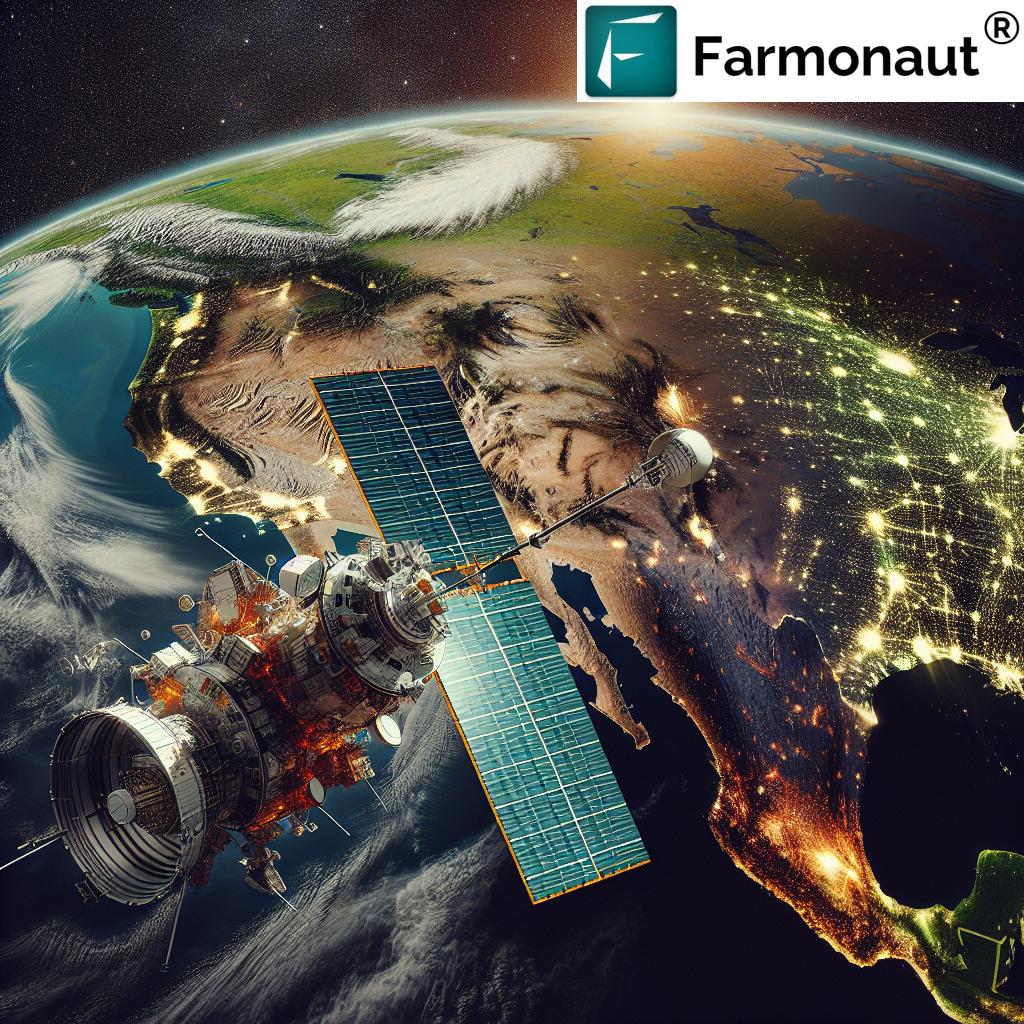
Key Drivers of Market Expansion
Several factors are contributing to the rapid growth of the space radar market:
- Increased Investments in Space Situational Awareness (SSA): Governments and private entities are allocating substantial resources to enhance their understanding of the space environment, including tracking satellites and monitoring space debris.
- Growing Concerns Over Space Debris Management: As the number of satellites and space objects in orbit continues to rise, there’s an urgent need for advanced radar systems to detect and track potential collision risks.
- Evolving Defense and Security Applications: Military and intelligence agencies are increasingly relying on space-based radar for reconnaissance, missile tracking, and early warning systems.
- Advancements in Synthetic Aperture Radar (SAR) Technology: Continuous improvements in SAR capabilities are enabling higher resolution imaging and more accurate data collection, expanding the range of potential applications.
Market Segmentation and Growth Forecast
| Market Segment | Description | Estimated Market Share (2024) | Projected CAGR (2024-2033) |
|---|---|---|---|
| Synthetic Aperture Radar | High-resolution imaging technology | 65% | 9.2% |
| Doppler Radar | Velocity measurement and weather monitoring | 35% | 7.5% |
| Earth Observation | Environmental monitoring and resource management | 40% | 8.8% |
| Defense & Security | Military reconnaissance and surveillance | 35% | 9.5% |
| Satellite-based Platforms | Orbital radar systems | 70% | 8.9% |
| Airborne Platforms | Aircraft-mounted radar systems | 30% | 7.8% |
| X-band (8-12 GHz) | High-resolution imaging and target detection | 45% | 9.1% |
| C-band (4-8 GHz) | Weather monitoring and maritime surveillance | 25% | 8.3% |
“Space radar technologies are advancing across multiple segments, including radar types, applications, platforms, and frequency bands.”
Synthetic Aperture Radar: Revolutionizing Earth Observation
Synthetic Aperture Radar (SAR) technology has emerged as a game-changer in the space radar market, accounting for more than three-fifths of the global market revenue in 2023. SAR’s ability to provide high-resolution, all-weather, and day-night imaging capabilities has made it an indispensable tool for various applications:
- Military Surveillance: SAR enables precise reconnaissance and target identification, even in challenging environmental conditions.
- Disaster Management: Real-time monitoring of natural disasters such as floods, earthquakes, and oil spills.
- Environmental Monitoring: Tracking deforestation, ice sheet movements, and land use changes.
- Agriculture: Crop health assessment and yield prediction.
- Infrastructure Monitoring: Detecting subtle changes in buildings, bridges, and other structures.
The growing defense investments in reconnaissance and missile tracking have further accelerated the adoption of SAR technology. Additionally, advancements in miniaturized SAR satellites are opening up new possibilities for commercial applications, contributing to its dominant market position.
Earth Observation: Leading the Way in Space Radar Applications
The Earth observation segment held the highest market share in 2023, accounting for more than two-fifths of the global space radar market revenue. This dominance can be attributed to the extensive applications of Earth observation in various fields:
- Climate Monitoring: Tracking global temperature changes, sea level rise, and atmospheric composition.
- Disaster Management: Providing critical data for rapid response and recovery efforts.
- Environmental Protection: Monitoring pollution levels, deforestation, and biodiversity.
- Defense Surveillance: Enhancing border security and monitoring potential threats.
- Urban Planning: Analyzing urban expansion and infrastructure development.
- Agricultural Productivity: Optimizing crop yields and resource management.
The growing demand for real-time geospatial data across industries has further solidified Earth observation as the leading segment in the space radar market. Governments, private organizations, and research institutions rely heavily on space-based radar systems to gather crucial information for decision-making and policy formulation.
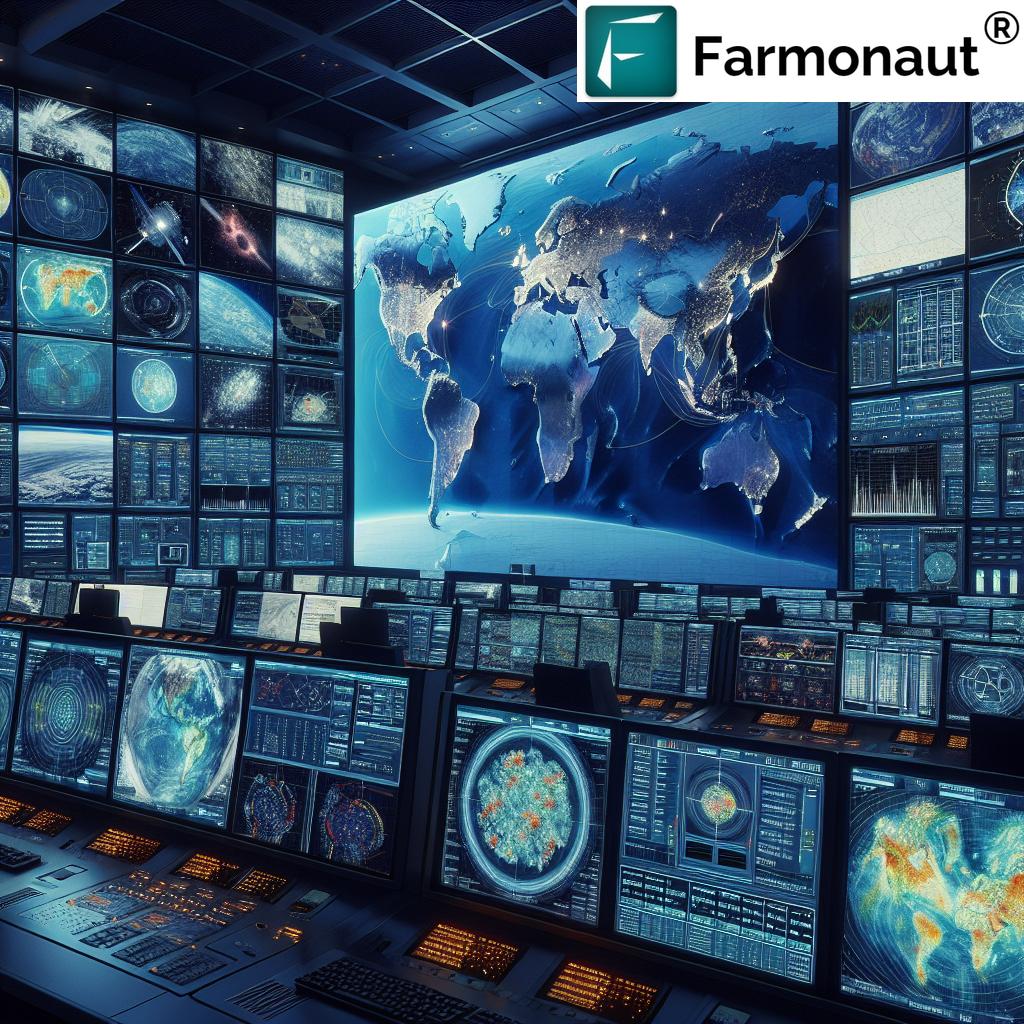
Satellite-Based Platforms: Dominating the Space Radar Landscape
In terms of platforms, satellite-based systems held more than two-thirds of the global space radar market revenue in 2023. This dominance can be attributed to several factors:
- Global Coverage: Satellite-based radar systems provide comprehensive Earth observation capabilities, covering vast areas efficiently.
- Real-Time Data: These platforms offer near-instantaneous data collection and transmission, crucial for time-sensitive applications.
- All-Weather Imaging: Unlike optical sensors, radar satellites can penetrate cloud cover and operate in various atmospheric conditions.
- Diverse Applications: From defense and Earth observation to disaster management and climate monitoring, satellite-based radar serves a wide range of sectors.
The increasing reliance on satellite-based synthetic aperture radar (SAR) and Doppler radar for surveillance, navigation, and scientific research has further cemented the dominance of this segment. Advancements in small satellite technology and rising private sector investments are expected to drive continued growth in satellite-based radar platforms.
X-Band (8-12 GHz): The Preferred Frequency for High-Resolution Imaging
Among frequency bands, the X-band (8-12 GHz) segment held the highest market share in 2023, accounting for more than one-third of the global space radar market revenue. The popularity of X-band radar can be attributed to its unique capabilities:
- High Resolution: X-band radar provides detailed imagery, essential for precise target detection and identification.
- All-Weather Performance: It offers superior performance in various atmospheric conditions, including rain and clouds.
- Efficient Object Tracking: X-band radar excels in tracking small, fast-moving objects, making it ideal for missile defense systems.
- Versatility: Widely used in military surveillance, Earth observation, and weather monitoring applications.
Governments and defense agencies prefer X-band radar for missile defense, reconnaissance, and satellite-based synthetic aperture radar (SAR) applications. Its ability to penetrate atmospheric disturbances and deliver real-time geospatial intelligence has solidified its dominance in the space radar market.
Defense and Security: The Primary End-User Driving Market Growth
The defense and security segment held more than three-fifths of the global space radar market revenue in 2023, highlighting the critical role of space-based radar in national security and military operations. Key factors contributing to this dominance include:
- Real-Time Surveillance: Space radar provides continuous monitoring of potential threats and adversary activities.
- Threat Detection: Advanced radar systems enable early warning of missile launches and other hostile actions.
- Missile Defense: Space-based radar is crucial for tracking and intercepting ballistic missiles.
- Intelligence Gathering: SAR technology offers high-resolution imaging for reconnaissance and target identification.
- Border Security: Radar satellites assist in monitoring vast border regions and detecting unauthorized activities.
Rising geopolitical tensions and advancements in space-based radar technology have further driven investments in defense applications. The all-weather, day-and-night operational capabilities of space radar make it an essential component of national security and strategic defense initiatives worldwide.
North America: Leading the Global Space Radar Market
North America held the highest market share in terms of revenue in 2023, accounting for more than one-third of the global space radar market. This regional dominance can be attributed to several factors:
- Strong Investments: Substantial funding in defense, surveillance, and space exploration programs.
- Presence of Key Players: Major companies like Lockheed Martin, Raytheon, and Northrop Grumman are headquartered in North America.
- Government Initiatives: NASA and the U.S. Department of Defense drive innovation and adoption of space radar technologies.
- Growing Demand: Increasing need for Earth observation, missile defense, and military reconnaissance capabilities.
- Technological Leadership: Advancements in synthetic aperture radar (SAR) technology and satellite-based monitoring reinforce North America’s position.
The region’s focus on national security, coupled with its robust aerospace and defense industry, continues to propel North America’s leadership in the space radar sector.
Innovative Applications of Space Radar Technology
As the space radar market continues to evolve, we’re seeing innovative applications emerge across various sectors:
- Agriculture and Food Security: Space-based radar is revolutionizing crop monitoring and yield prediction, contributing to global food security efforts.
- Climate Change Research: High-resolution radar imaging is providing valuable data on ice sheet melting, sea level rise, and other climate change indicators.
- Urban Planning and Smart Cities: Radar satellites are helping urban planners monitor infrastructure, manage resources, and plan for sustainable development.
- Maritime Surveillance: Space radar technology is enhancing ship detection, tracking, and maritime border security.
- Disaster Response and Recovery: Real-time radar imaging is improving early warning systems and post-disaster assessment capabilities.
These applications demonstrate the versatility and growing importance of space radar technology in addressing global challenges and improving decision-making across industries.
The Role of Artificial Intelligence in Space Radar
Artificial Intelligence (AI) is playing an increasingly significant role in enhancing the capabilities of space radar systems:
- Data Processing: AI algorithms are improving the speed and accuracy of radar data analysis, enabling real-time insights.
- Anomaly Detection: Machine learning models can identify unusual patterns or objects in radar imagery, enhancing threat detection capabilities.
- Predictive Maintenance: AI-powered systems can predict potential failures in satellite components, ensuring optimal performance and longevity of space radar assets.
- Autonomous Operations: AI is enabling more autonomous satellite operations, reducing the need for constant human intervention.
The integration of AI with space radar technology is expected to drive further innovations and expand the range of possible applications in the coming years.
Challenges and Future Outlook
While the space radar market is poised for significant growth, it also faces several challenges:
- High Development and Deployment Costs: The substantial investment required for space radar systems can be a barrier to entry for some organizations.
- Limited Technological Expertise: There’s a need for specialized skills and knowledge to develop and operate advanced radar systems.
- Regulatory Hurdles: International regulations and export controls can impact the development and deployment of space radar technologies.
- Data Security Concerns: As space radar systems collect sensitive information, ensuring data security and privacy is crucial.
Despite these challenges, the future outlook for the space radar market remains highly positive. Ongoing technological advancements, increasing commercial applications, and growing awareness of the importance of space-based surveillance are expected to drive continued market expansion.
Conclusion
The global space radar market is experiencing a period of unprecedented growth and innovation. Driven by advancements in synthetic aperture radar technology, increasing investments in space situational awareness, and the expanding range of applications, the market is poised to reach new heights in the coming years. From Earth observation and disaster management to defense and climate monitoring, space radar technologies are revolutionizing our ability to gather critical data and make informed decisions.
As we look to the future, the integration of artificial intelligence, the development of more advanced satellite platforms, and the emergence of new commercial applications will continue to shape the evolution of the space radar industry. With its potential to address global challenges, enhance security, and drive scientific discovery, the space radar market stands at the forefront of technological innovation, promising exciting developments and opportunities in the years to come.
FAQs
- What is synthetic aperture radar (SAR) technology?
Synthetic aperture radar is an advanced imaging technique that uses radar signals to create high-resolution images of the Earth’s surface. It can penetrate clouds and operate in day or night conditions, making it valuable for various Earth observation applications. - How does space radar contribute to disaster management?
Space radar provides real-time monitoring of natural disasters such as floods, earthquakes, and wildfires. It helps in rapid assessment of damage, planning rescue operations, and tracking the progress of recovery efforts. - What are the main advantages of X-band radar in space applications?
X-band radar offers high-resolution imaging, efficient object tracking, and superior performance in various weather conditions. These characteristics make it ideal for military surveillance, Earth observation, and precise target detection. - How is artificial intelligence enhancing space radar capabilities?
AI is improving data processing speed and accuracy, enabling anomaly detection in radar imagery, predicting maintenance needs for satellite components, and facilitating more autonomous satellite operations. - What are the primary challenges facing the space radar market?
The main challenges include high development and deployment costs, limited technological expertise in some regions, regulatory hurdles, and data security concerns.


